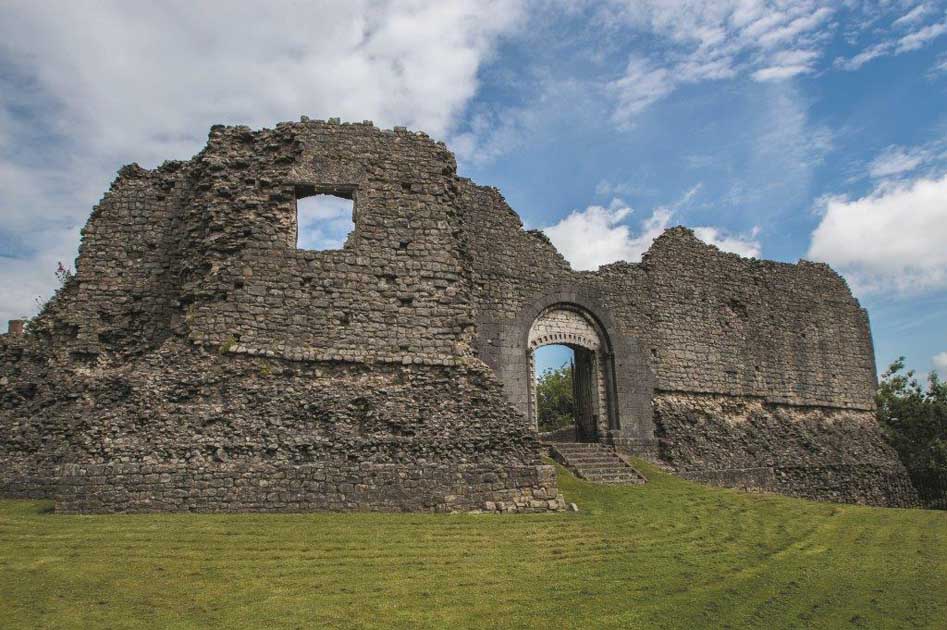Newcastle Castle Bridgend

Newcastle Castle Bridgend Details
Newcastle Castle Bridgend, ruins of C12 castle of Turbervilles + others abandoned C17
- Closest To: Bridgend
- Access: Free Public Access
- Grid Reference: SS902801
Newcastle Castle Bridgend is a well-preserved polygonal stone courtyard castle, retaining a fine example of Norman decorative masonry around the gateway, and two square mural towers. Within the walls there is little that survives of the domestic buildings, and the external ditch has been completely filled in. It is open to the public as a tourist attraction free of charge, and is maintained by Cadw.
The first castle at Bridgend was established as a ringwork by one of the followers of Robert fitzHamon, traditionally named as Maurice de Londres, and marked the westernmost castle that fell subject to his jurisdiction. The location of this is unknown, but it would be logical for it to have occupied the same site as the “new castle” of masonry that was erected by about 1180; the site is adjacent to the church and built on top of a steep bank that drops towards the River Ogmore. Foundations of a round cornered rectangular building in the south-eastcorner of the courtyard have been interpreted as a tower-keep which may predate the post 1183 rebuild commissioned by King Henry II upon the death of William fitzRobert, the earl of Gloucester, and likely carried out in response to a local uprising by Morgan ap Caradog of Afan. The castle was then held by Prince John, who rather bizarrely granted it to Morgan, and after the death of Morgan’s son in Normandy, was held by John’s divorced wife Isabel of Gloucester. In 1217 was granted to Gilbert de Turberville of Coity, who favoured his own castle farther downriver. Despite attempts by Morgan’s heir Morgan Gam to capture the castle, he never did so. in 1360 the castle passed by marriage to an heiress to Sir Lawrence Berkerolles, and in 1411 was inherited by Sir William Gamage, whose grandfather had married into the Turberville family, but the castle lay largely untouched until a new house was built within the walls in the 16th century, incorporating the square tower by the gate. Further buildings around the perimeter were also added, but the castle’s days as a residence were numbered, and in 1584, the heiress Barbara Gamage relocated to Kent, where she would in 1618 marry the Earl of Leicester, leaving the castle unused unless by a tenant. By the time the estate was sold in 1718 to Samuel Edwin, the castle was most likely derelict.
Become a supporter of my work to access a more detailed history